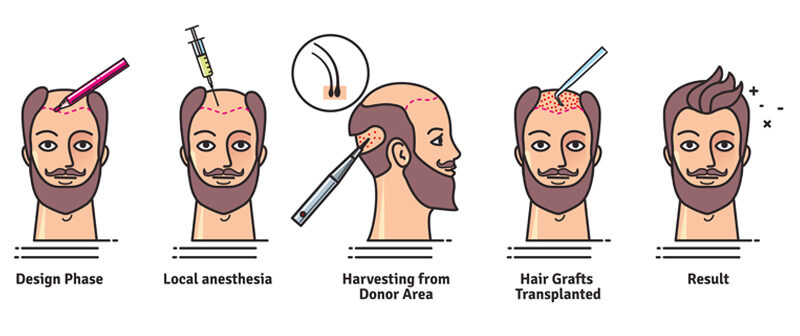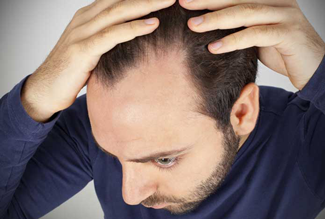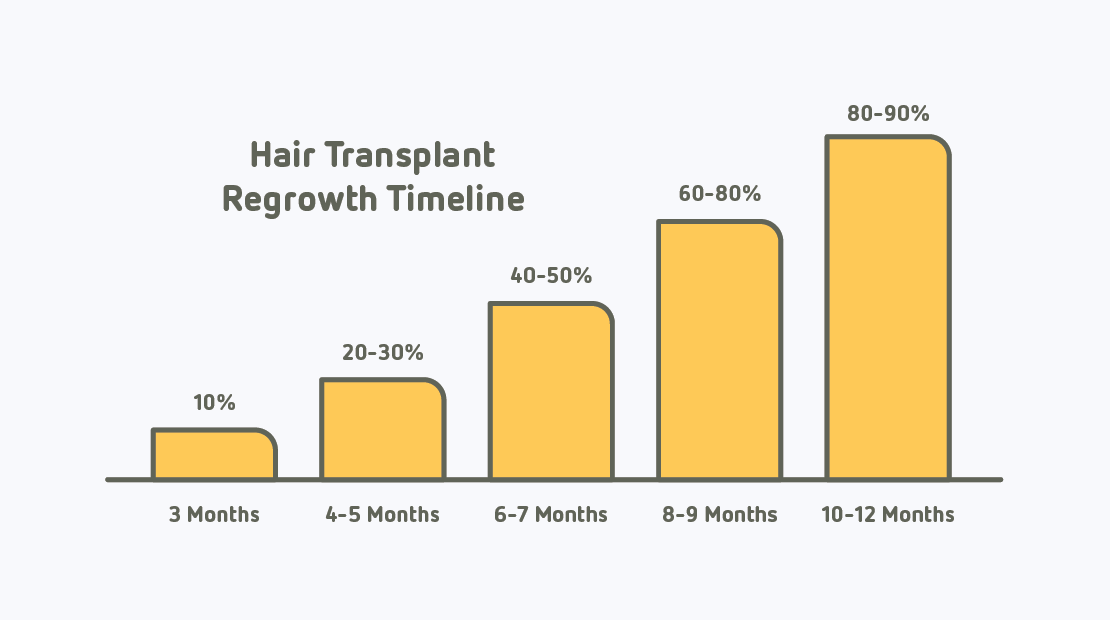Do not take the decision of hair transplant as ‘lightly’ as your hair! There is no such thing as too much research. It is a huge decision and it is better to work hard to find the right hair surgeon and Hair Transplant clinic for yourself than learning the hard way. Restoring one’s good looks with hair transplant surgery is a dream many people have. Though there are numerous clinics everywhere, unfortunately, most of them do not have the right resources and expertise that is essential to the success of this procedure. Hence it becomes imperative to be very selective for those who want to realize this dream. Until you find a competent surgeon to get this operation done, you should keep looking and even consider traveling in case you are not satisfied with the services in the local clinics. The sub-standard clinics have very good marketing and fancy deals to lure patients into their trap. How does one distinguish between expert surgeons and clinics with incompetent ones?

Identify the transplant surgeon
Make sure that your doctor has the highest parameters of expertise. Do thorough research in finding his qualifications, experience, aesthetic skills and recognition or awards. Let us explore in detail what to look out for before zeroing in on a hair transplant doctor, clinic or hospital.
Qualification
Hair transplant is a type of plastic or cosmetic surgery that specialized plastic or cosmetic surgeons are entitled to perform. A team of doctors qualified as MDS in plastic surgery, MCh and MS and Trichologists together design and execute state of the art procedures. The supporting staff of the surgeon should also be well qualified with degrees and experience. Aesthetics also play an important role in making the hairline look natural.
Experience
Since hair transplant is a cosmetic surgery too, the experience of the performing doctors counts too. One must find out the number of years the doctors have devoted to transplantation surgeries exclusively. The credentials of the assisting staff are of utmost importance too, along with the exact time the leading doctor devotes to the operation. He should not be wrapping it up in a short time to leave the remaining procedure in the hands of unqualified assistant staff. His dedicated presence is required the entire time. An appropriate inquiry would be’ how many hair transplants does he perform in one day?’ ideally it should not be more than one surgery in a day.

Aesthetics
Apart from the technical and medical parts, hair restoration on the head, mustache or eyebrows, requires aesthetic skills too. A hair doctor would appropriately place grafts to match the face, age, and gender of the patient. Half the success of the procedure is based on this artistic or cosmetic part. An expert hair surgeon takes both cosmetic and scientific approach towards the hairline design to deliver a natural- look-transplant. The find about the artistic skills of the surgeon and the clinic, as to look at the before and after pictures of past patients. It is very much legitimate to do that in your initial consultations with the doctors.
It is important to note that hair transplant surgery is real surgery. While the vast majority of hair transplant clinics offer free consultations to attract potential patients, it is better to consult a surgeon who charges a consultation fee.
In that case the evaluation would be more thorough and will be performed by a physician, not a consultant who is trying to sell you a deal. In case you are an eligible candidate to proceed with the surgery, the consultation fees are usually deducted from the total cost.
Be informed.








 In the FUT (
In the FUT ( FUE (
FUE (



